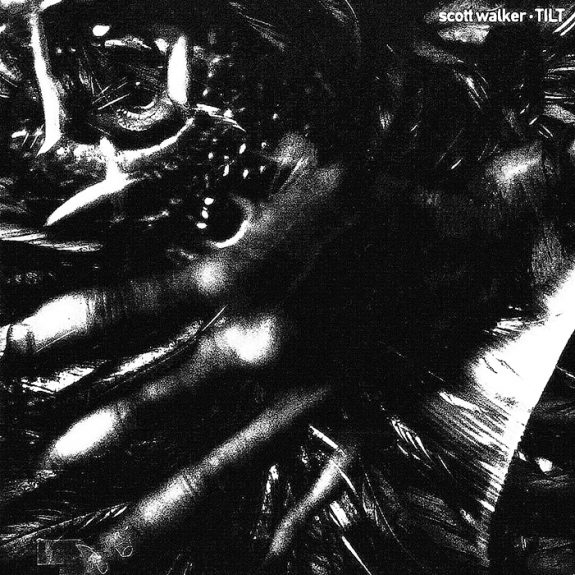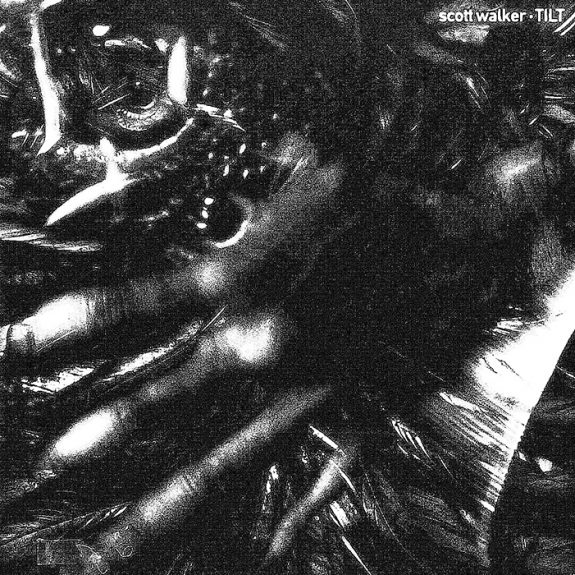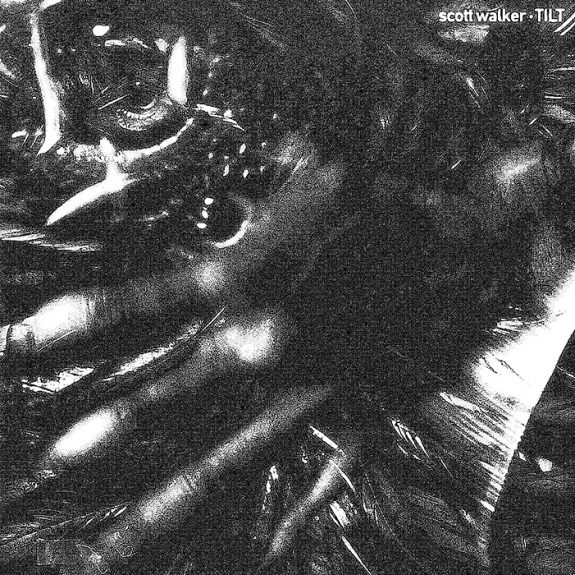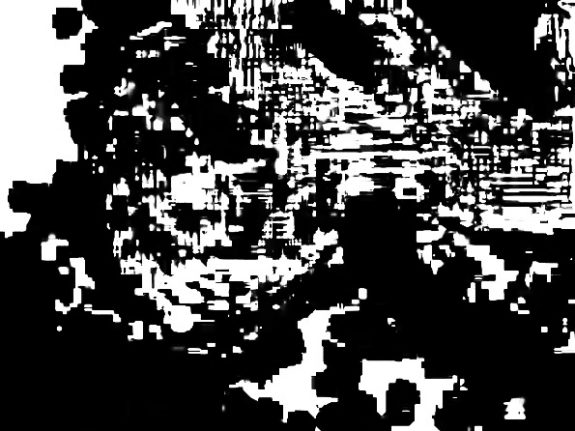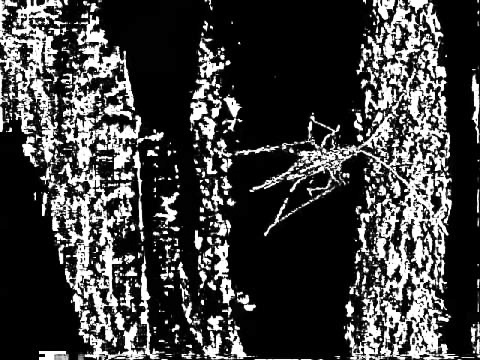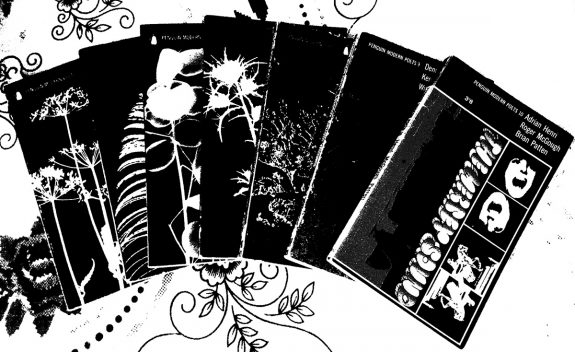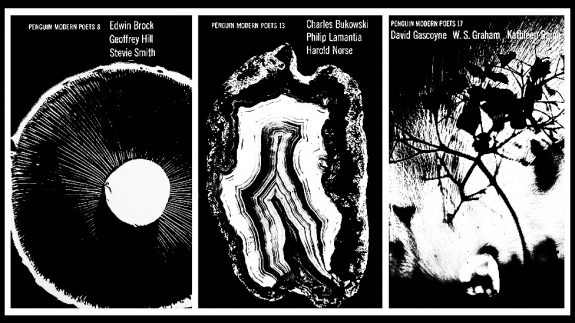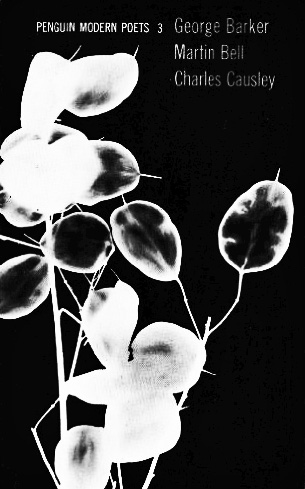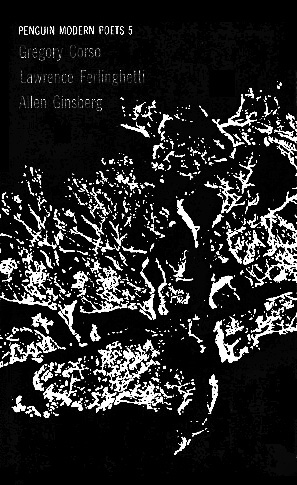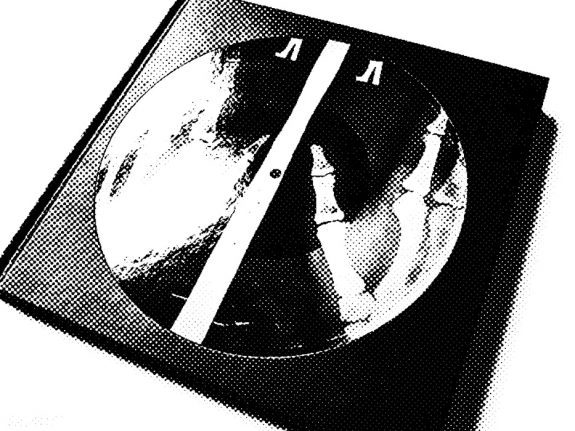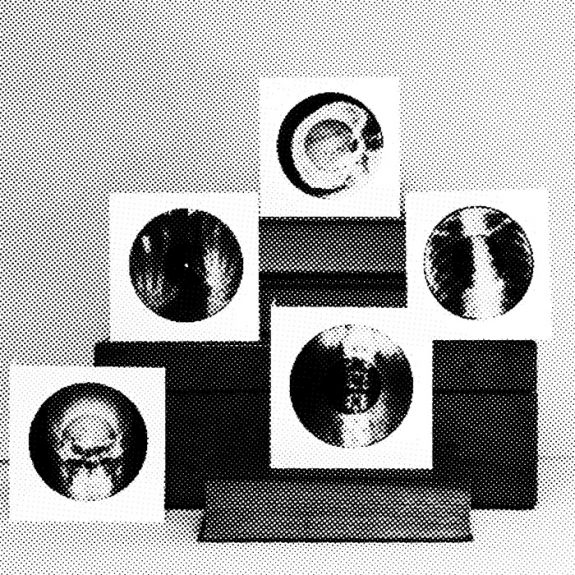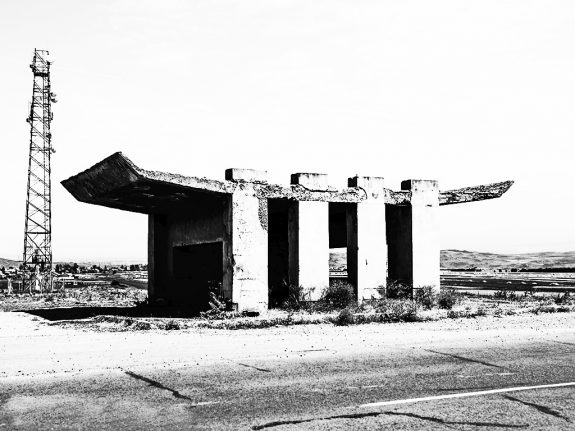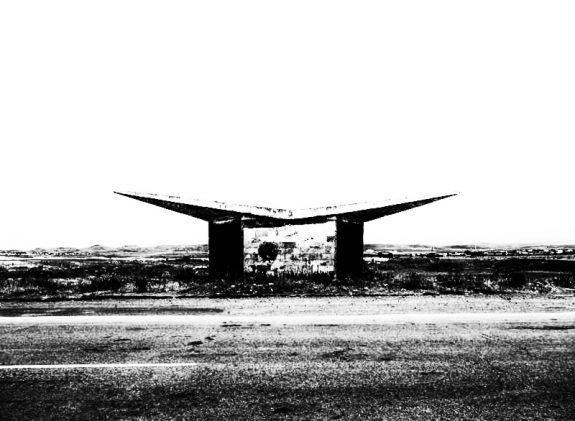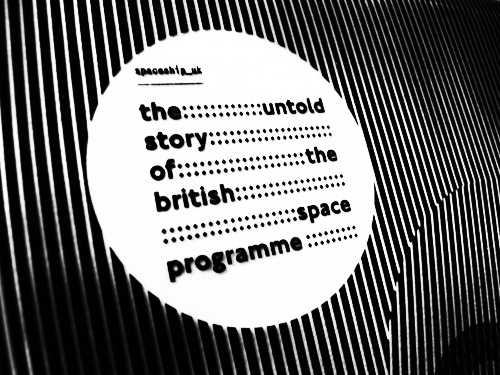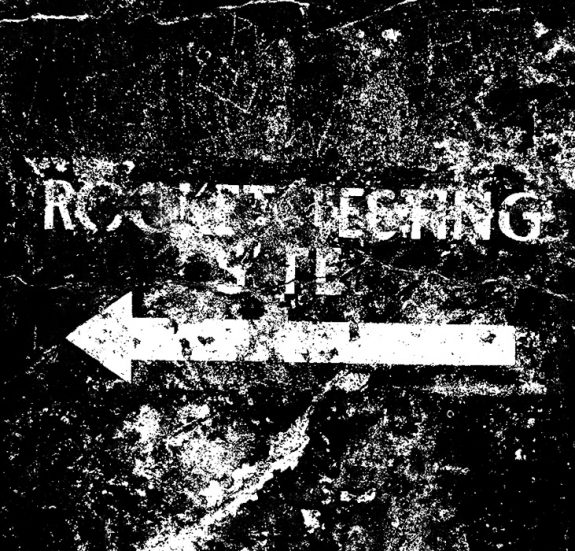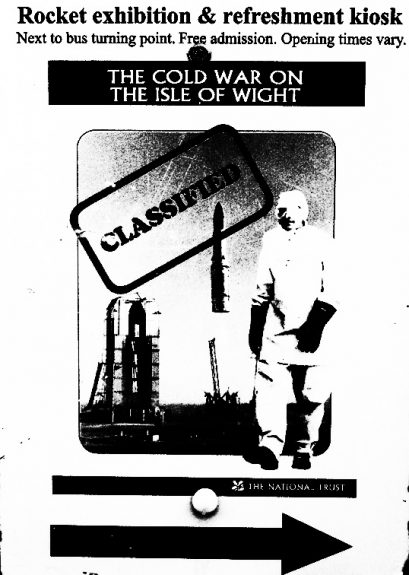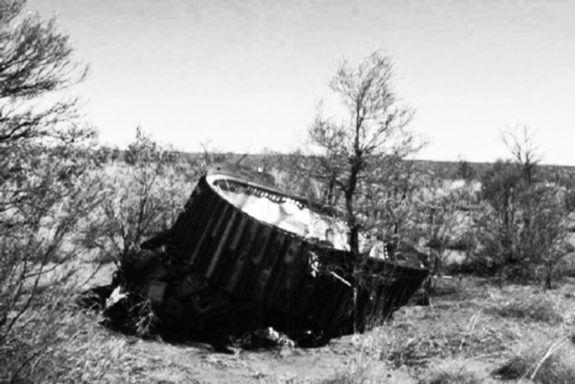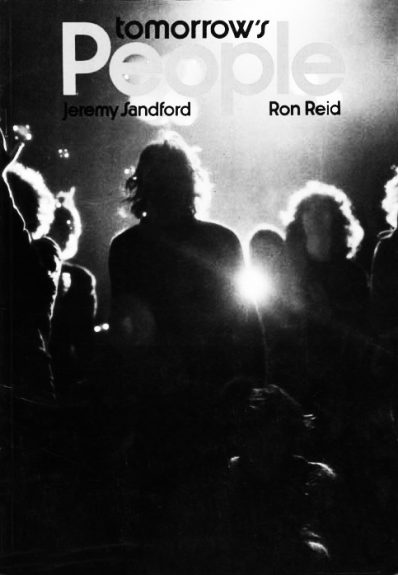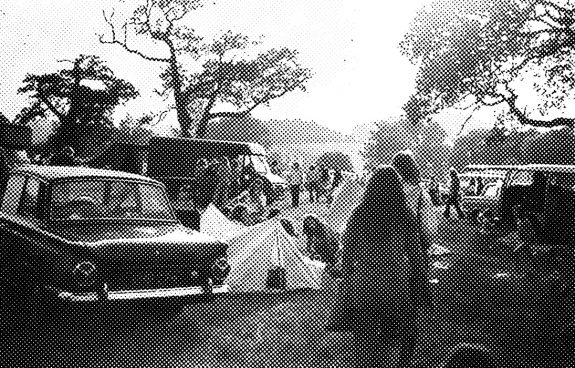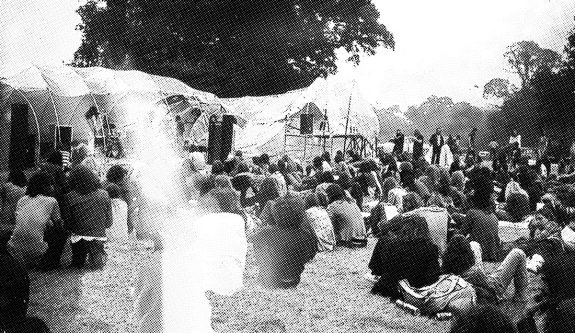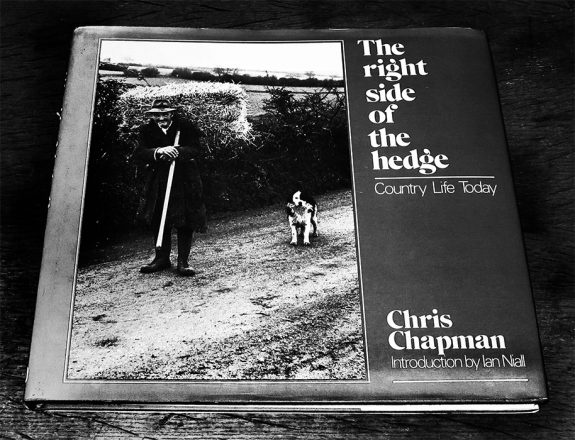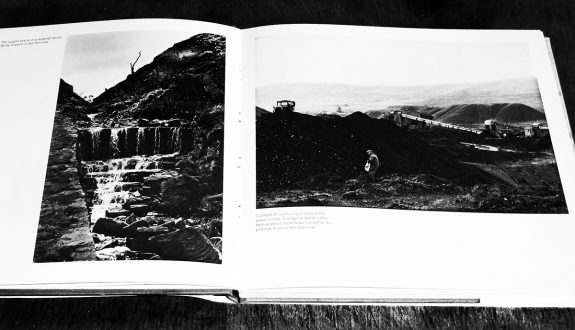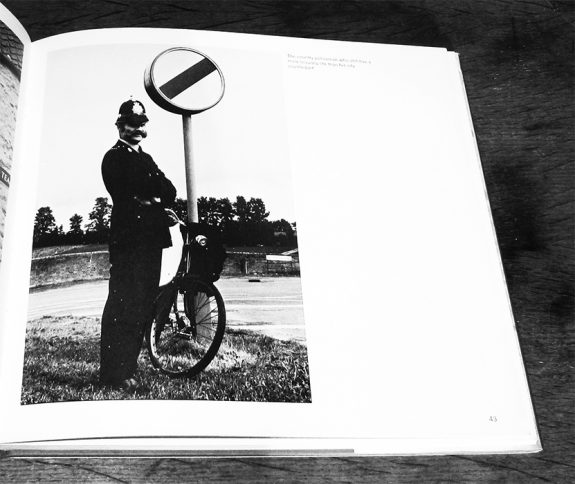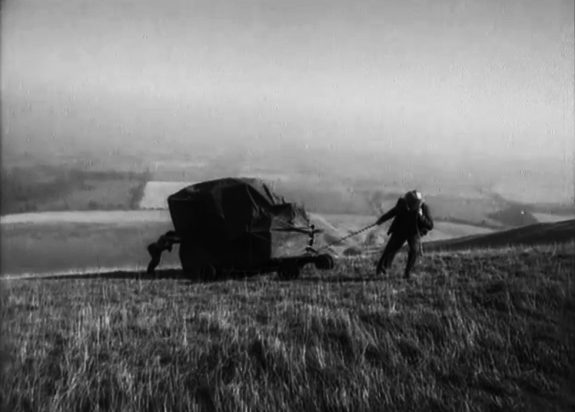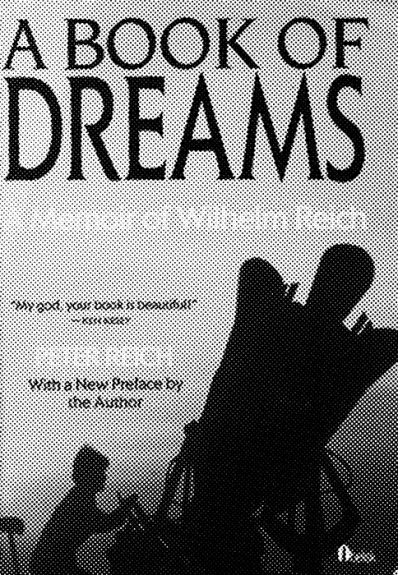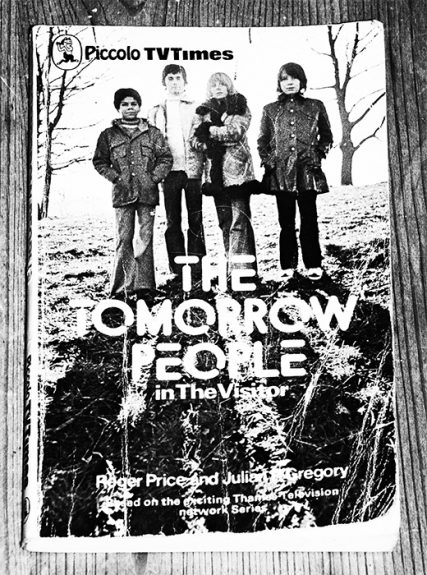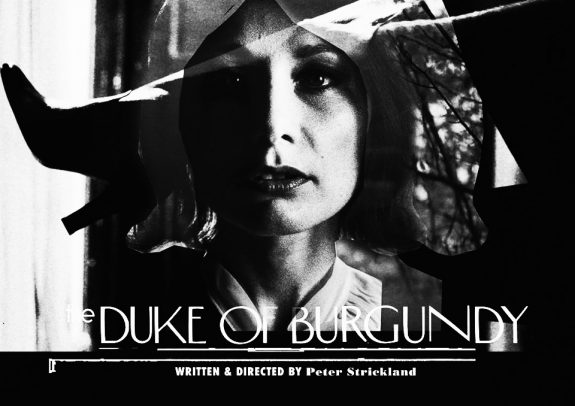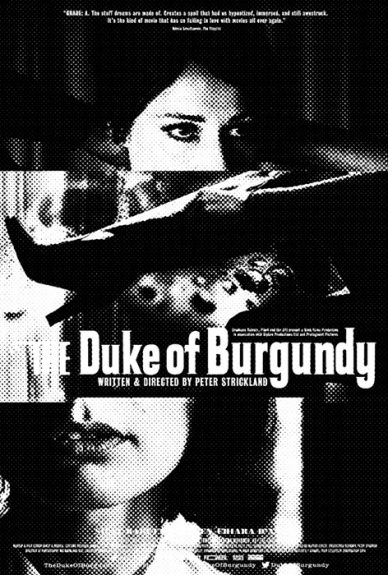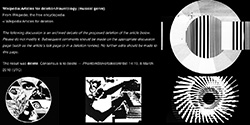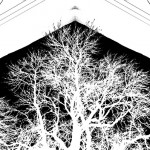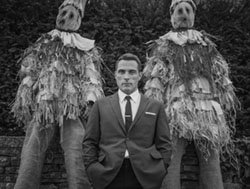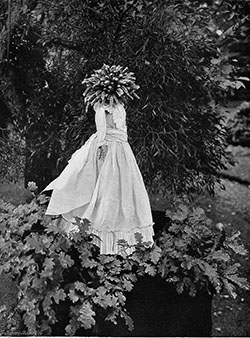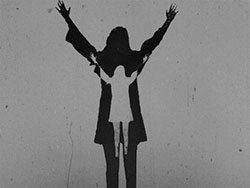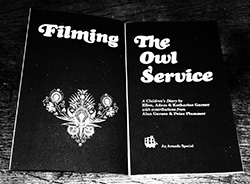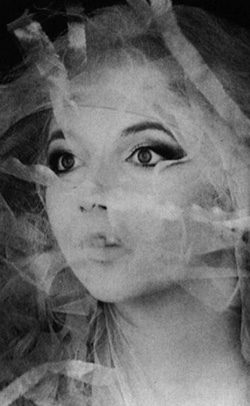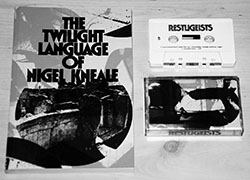
File Under: Trails And Influences / Year 2 wanderings
Well, where to start with this… I’m not quite sure as I feel that I could well write about these books for the rest of this particular spin-around-the-sun of A Year In The Country…
On a recent wandering through charity shops (which could be seen as outposts of the last few remaining depositories of books, bindings and other cultural/melodic/flickering tales encasings that can be found in amongst bricks and mortar/population centres) I came across a couple of books that somewhat piqued my interest…
In many ways, because of the way that they are titled (Bollocks To Alton Towers and Far From the Sodding Crowd – Uncommonly British Days Out) they could well be just another in a long line of Christmas market throwaway fodder – bathroom reading maybe…
Despite their jokey titles, facings, marketing and proclaimed intent I have found that there is something more to these paricular books than is often found in such things.
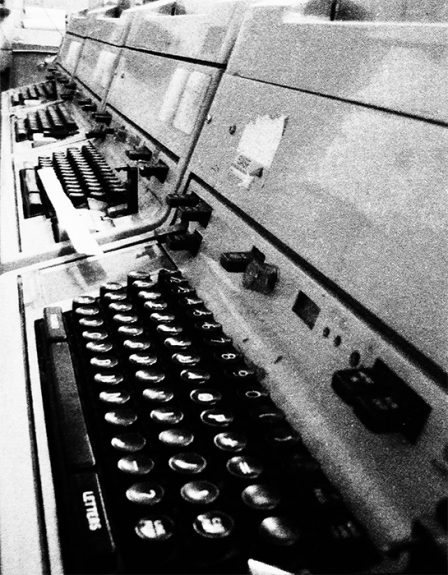 Essentially they are guidebooks/documents of the authors wanderings to often small, individual or family run museums and visitor centres, follies, unofficial non-tours of the locations where our entertainments are recorded, neglected or unloved public art, bygone defence of the realm installations / subterfuges and the like; generally those that are off the beaten track, that seem in part to hark back to a gentler, more communally spirited / (sometimes) progressive time or ethos and the books become a wandering through a semi-lost or overlooked British landscape and its cultural markers.
Essentially they are guidebooks/documents of the authors wanderings to often small, individual or family run museums and visitor centres, follies, unofficial non-tours of the locations where our entertainments are recorded, neglected or unloved public art, bygone defence of the realm installations / subterfuges and the like; generally those that are off the beaten track, that seem in part to hark back to a gentler, more communally spirited / (sometimes) progressive time or ethos and the books become a wandering through a semi-lost or overlooked British landscape and its cultural markers.
Published in 2005, in part they made me want to plan a slightly panicked journey around and across the land, hoping that the places and attractions featured were still there to see and enjoy.
In Mark Fisher’s Ghosts Of My Life (see Day #163/365) book, which is loosely concerned with things hauntological, the titles of the chapters that directly focus on Ghost Box instigators/travellers The Focus Group, Belbury Poly and The Advisory Circle are Nostalgia For Modernism and The Ache Of Nostalgia.
These books put me in mind of such things.
Back when (Day #162/365) I attempted to (hopefully!) reasonably succinctly list some of the defining characteristics of what has come to be known as hauntological culture.
At that point I wrote “Music and culture that draws from and examines a sense of loss of some kind of utopian, progressive, modern(ist?) future that was never quite reached…”
In many ways that seems to be a subtly underlying theme of Uncommonly British Days Out – they are imbued with a quiet anger at the loss of what in some ways could be seen to be terribly British decency and politeness but could actually be seen to be an ire at the steam rolling, this way or the high way tendencies of the modern (but dominantly not modernistic) world.
 There is a sense in the books of a Britain that is haunted, harried, hurried by some kind of potentially overwhelming loss but wherein there are little corners or enclaves of individuality, resistance and eccentricities.
There is a sense in the books of a Britain that is haunted, harried, hurried by some kind of potentially overwhelming loss but wherein there are little corners or enclaves of individuality, resistance and eccentricities.
Along which lines, back to Mr Fisher and Day #163/365:
“The artists that came to be labelled hauntological were suffused with an overwhelming melancholy… As to the deeper cause of this melancholia, we need look no further than the title of Leyland Kirby’s album: Sadly, The Future Is No longer What It Was. In hauntological music there is an implicit acknowledgement that the hopes created by postwar electronica or by the euphoric dance music of the 1990s have evaporated – not only has the future not arrived, it no longer seems possible. Yet at the same time, the music constitutes a refusal to give up on the desire for the future. This refusal gives the melancholia a political dimension, because it amounts to a failure to accommodate to the closed horizons of capitalist realism…
“Haunting… can be construed as a failed mourning. It is about refusing to give up the ghost or… the refusal of the ghost to give up on us. The spectre will not allow us to settle into/for the mediocre satisfactions one can glean in a world governed by capitalist realism…
“The kind of melancholia I’m talking about… consists not in giving up on desire but in refusing to yield. It consists… in a refusal to adjust to what current conditions call ‘reality’ – even if the cost of that refusal is that you feel like an outcast in your own time…”
Hmmm. To me that could well describe much of both the spirit of the authors of Uncommonly British Days Out and those people and places they feature in their pages.
Yes, within the books such views are filtered through a more mainstream and humorous lens and language but nothing wrong with a good old larf or two (and I have indeed laughed found myself lauging out loud while reading the of the authors explorations).
“You are following the ghost of something interesting, and it left ages ago.” (From the books).
To mention but a few, in amongst the books are an appreciation, ache and sometimes acceptance of the absurdities of the likes of restored once-were-the-future 1960s diesel electric railway routes, the craftmanship/pre-zeros and ones marvels of Keith Hardings World Of Mechanical Music and its (often) metallic melody machines, the focused collectings of The British Lawnmower Museum…
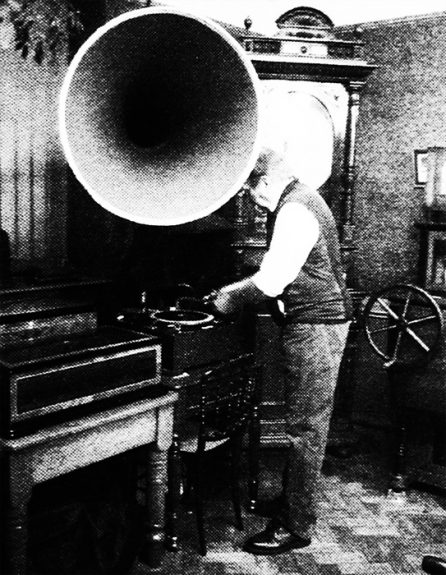 …and along the way they have put me in mind of a number of other interconnected trails and pathways that have been wandered down and through during A Year In The Country’s wanderings…
…and along the way they have put me in mind of a number of other interconnected trails and pathways that have been wandered down and through during A Year In The Country’s wanderings…
…the enclosing and charging for the viewing of common land and its wonders when considering a museum that incorporates a petrifying well (see Day #78/365 / tributes to Mr Winstanley and a stepping away/against the closing of horizons or indeed notes on modern day acts of enclosure at Day #190/365 here)…
…or a consideration of the £3 million of our good pounds per annum upkeep of a somewhat gargantuan government hideaway/underground bunker that was only ever placed on higher alert not against overseas foes but during the 1984/1985 Miner’s Strike when civil war was feared (again see Day #78/365 and The English Civl War Part II around these parts)…
…or indeed the Bear’s Ghosts utopian/raising of all creation of brutalist Soviet public art (see Day #229/365) but this time via the modernist, progressive British intentions of post-war new towns art, in particular the poured, neglected, questioned beauty of the Apollo Pavillion.
As an aside and along vaguely mainstream hauntological lines, I recently discovered that some of the authors of Uncommonly British Days Out have also more recently worked on the Ladybirds Books For Grown Ups series.
As a possibly progessively further aside and interconnected trail, British cliff tops shot from the angle as the one above tend to put me in mind of transgressors/wreckers/creators Throbbing Gristle’s opus 20 Jazz Funk Greats (see Day #307/365).
Peruse the UBDO books here and here. The hardbacks seem somewhat more pleasant and in keeping with the actual spirit of the books I find.

